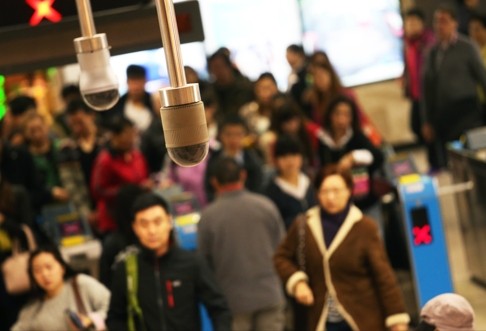With the rise of face and fingerprint recognition technology, just how safe is our biometric data?
Gabriela Kennedy and Karen Lee say while such technological advancements have made all kinds of daily transactions more convenient, we need to counter the threat of abuse

Unlike passwords, which can be reset, biometric features cannot be replaced when stolen
Biometric technology can enhance a user’s experience by speeding up delivery and offering increased security. But is a fingerprint scan more secure than a password? Fingerprints can easily be “lifted” and used to fool sensors.
Biometric technology used to track employee attendance has also given rise to a host of data privacy concerns. Regardless of the benefits, the collection of biometric data makes the individual vulnerable to threats – misuse, theft, data leakage and an erosion of human dignity. Unlike passwords, which can be reset, biometric features cannot be replaced when stolen.
Biometric data can be used to identify the people from whom it was collected. The data can be stored on a person’s device, but is also recorded in a central database. Should such data be freely collected, and how can people be assured that it will not be misused?
It is no surprise that the collection and use of biometric data has led to heightened public and regulatory concern about the risk to privacy. Most countries, however, have no specific provisions in data privacy laws that solely address the collection and use of biometric data. In some jurisdictions, additional protections and restrictions regarding the collection and use of “sensitive data” exist.
READ MORE: New Hong Kong privacy chief vows to balance flow of information

